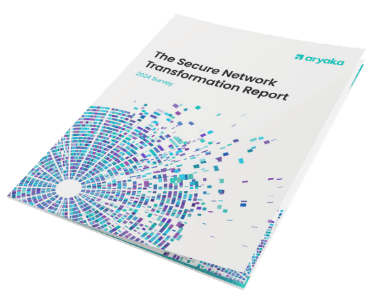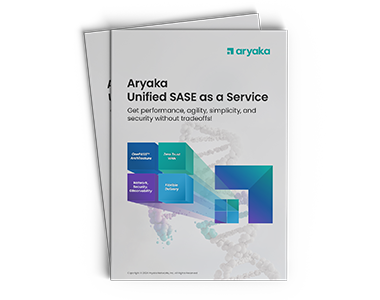Three Ways to Improve Availability of First Mile and Last Mile Over the Internet
The Internet as transport is becoming popular for the first and last mile enterprise WAN connectivity. The significant factors motivating this transition are the cost of MPLS circuits, the improving quality of broadband internet links, and the emergence of cloud architectures and applications.
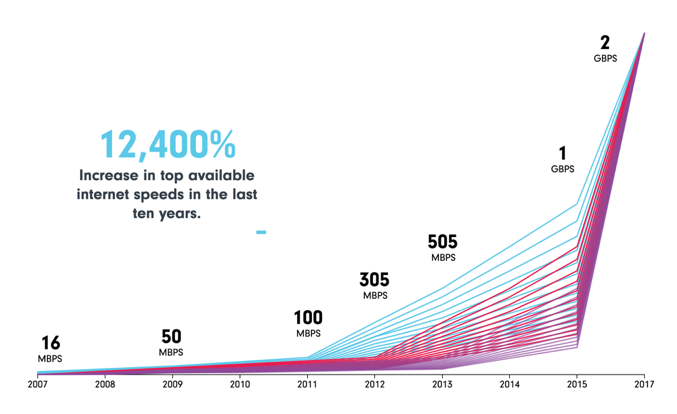
Source: NCTA – The Internet & Television Association
According to NCTA – The Internet & Television Association, Internet speeds have gone up from 50 Mbps in 2009 to over 2 Gbps in 2019. Considerable improvements in the available bandwidth at the first and last mile internet has prompted enterprises to deploy this technology. Many bandwidth-hungry applications like file transfer and others benefit from the available bandwidth. Still, apps like VoIP and Video that are sensitive to delays and latency have a tough time coping with Internet transport. It is common for UCaaS applications to experience dropped calls and bad call quality. Deploying a last-mile MPLS circuit to carry UCaaS traffic is expensive. In most cases, the far-flung location of a branch office means MPLS is not even available as an option.
Aryaka’s link assurance provides first and last mile internet solutions. Path Replication, Adaptive Loss Recovery and Load Balancing are the features that help us achieve this goal.
Path Replication
Enabling the Path Replication policy can be considered as a loss recovery mechanism. Path Replication allows customers’ selected traffic to be replicated over the primary and secondary links. If one of the links experience loss, the second link delivers the same packet to the peer. Enabling Path Replication delivers duplicate packets between peers. The remote peer consolidates duplicate packets. Path Replication can be applied to any kind of QoS traffic.
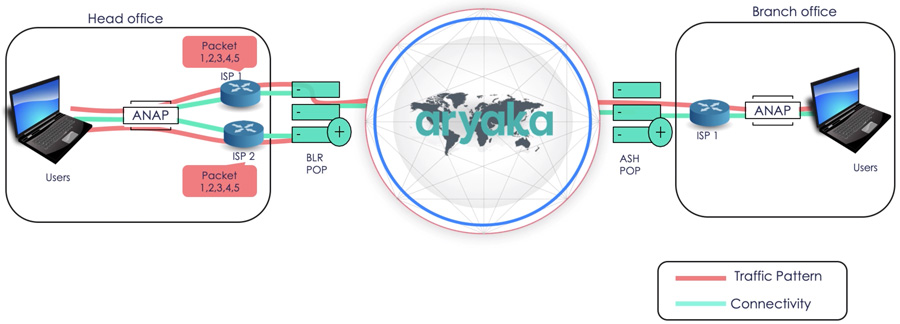
In the image above, the HQ is connected to the Aryaka PoP over Internet links from two different ISPs. Packets are replicated on both ISP links. At the PoP the packets are reassembled by combining both links, thus ensuring that any performance degradation or packet loss in one ISP does not effect the connectivity, especially in the last mile connection.
Adaptive Loss Recovery
Adaptive Path Loss Recovery is a feedback mechanism that selectively retransmits lost packets on a link. This is implemented using a patented lightweight TCP-like algorithm to recover from packet loss. When the receiver, in this case, the Aryaka PoP or ANAP, doesn’t receive a packet, it initiates a Negative ACK, requesting the peer to retransmit the lost packet. Hence, the amount of bandwidth required only needs to be proportional to the loss percentages over the links.
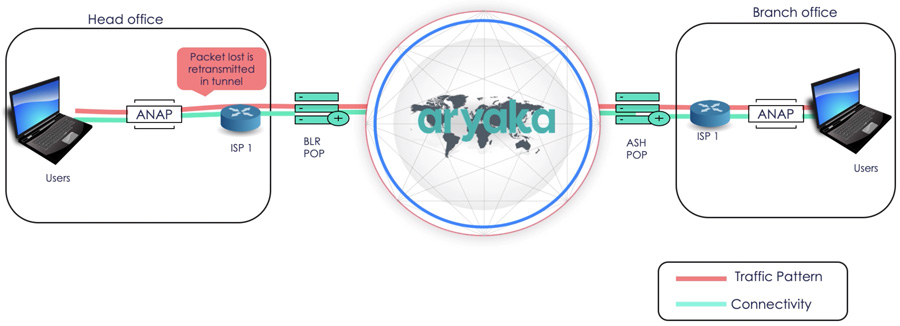
Load Balancing
Load Balancing allows customers to take advantage of both paths, primary and secondary, by sending alternating packets down alternate paths. The traffic is distributed across the links on a per-packet basis in a round robin manner, resulting in very efficient resource utilization.
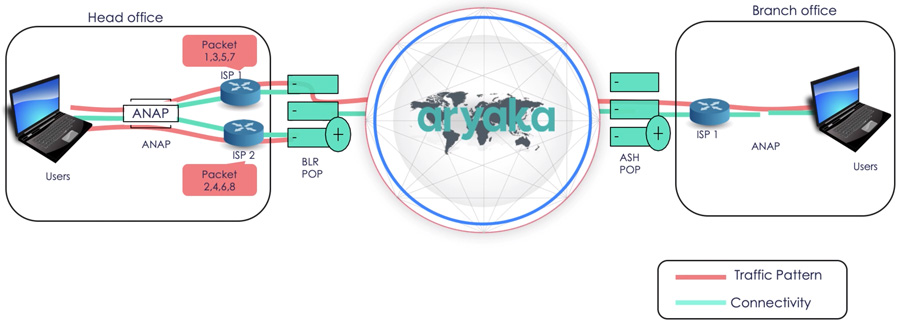
UCaaS – Deriving the most benefit
Though these features improve the performance of an entire gamut of cloud applications, the ones that benefit the most are UCaaS applications. Voice and video are very susceptible to latency and delays. Besides, any disruption to the link results in dropped calls; re-establishing the call takes a few minutes if not seconds. This delay affects the user experience and perception of quality.
Watch the below video to see how Aryaka overcomes the last mile internet limitations and see these features in action and compare the performance of video streaming with and without these features.

